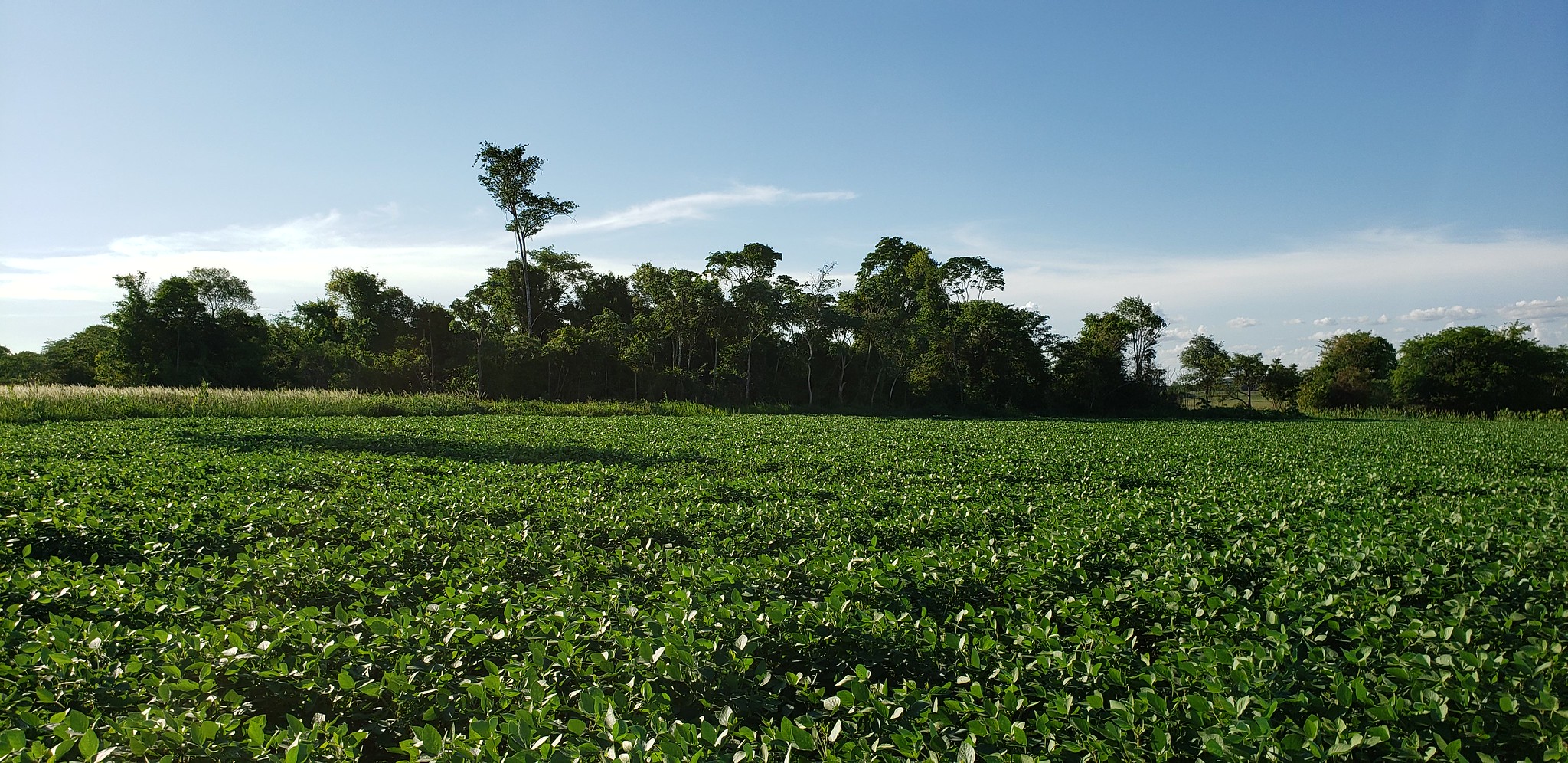Humanity depends on the critical resources provided by the Earth’s landscapes and ecosystems: food, fibre, wood, energy, water and medicines. However, the extraction of these resources is often linked to changes in land use patterns, with consequences for climate regulation, carbon, water, nutrient cycling and soil formation. In the last few decades, anthropogenic needs have increased dramatically, but available land has remained limited, putting extreme pressure on ecosystem services and biodiversity.
Excessive land use change (LUC) is also affecting biodiversity and global climatic conditions, as well as threatening adaptation and mitigation capacities. With LUC as a major driver of global environmental change, how do we deliver on sustainable development goals without further degrading our finite land and water resources? This imperative question is at the heart of Sustainable Development Goal 15: “Protect, restore and promote sustainable use of terrestrial ecosystems, sustainably manage forests, combat desertification, halt and reverse land degradation and halt biodiversity loss.”
LUC comes in many forms, including deforestation that still occurs at an alarming pace and has multiple implications for global environmental change and human livelihoods.
According to the latest FAO Forest Resource Assessment, between 1990 and 2020, the world lost a total area of 420 million hectares of forest. The growing demand of agricultural and wood products has been identified as one of the main drivers of deforestation, and it could threaten the remaining natural and semi-natural forests worldwide, particularly in tropical regions. It is, therefore, important that this demand is satisfied in accordance with sustainable practices that avoid a progressive decline of carbon stocks and decrease the functionality of forests.
In a globalized world, understanding the processes leading to the expansion of agriculture and rangelands is challenging, as humanity’s growing consumption of resources is increasingly being satisfied through international trade. According to FAO, international trade in crops and livestock products increased in volume by more than 80% between 1990 and 2019, and trade in primary and manufactured wood products increased by more than 130%.
In this context, there is a growing interest in understanding the extent to which countries are interconnected through the global supply chain of agricultural and forest products; how changes in one country affect LUC in distant places; and, the global land required to satisfy the domestic demand or “land footprint”of each country. We need to analyse global supply chains, and with other technological, environmental and socio-economic data, this could provide a better foundation for further analysis of the underlying drivers of LUC at different scales.
To address these issues, the UN-REDD Programme and the FAO, together with the Basque Centre for Climate Change (BC3), with the support of the French Ministry of Agriculture and Food, are developing a novel database based on Multi-regional input-output techniques and on FAO datasets, including the new Supply Utilization Accounts, production and trade statistics for agricultural products.
This novel database tracks resource flows along the global supply chain and provides detailed information on the production, transformation, bilateral trade and final use of more than 480 agricultural products and 20 wood products in 180 countries from 1997 to 2018. This framework can be used to explore different topics related to food security, resources (land, water, carbon), global supply chains of agricultural and wood products, drivers of land use change, as well as for scenario analysis and modelling purposes. This new database will be publicly available in the coming months.
LUCs are a result of complex dynamics and minimizing their impacts on forests requires collaborative solutions, as illustrated by this new database. As countries and organizations work together to address undesirable LUCs and share their lessons and experiences, we will continue to make progress towards achieving our global and national climate and sustainable development goals.






